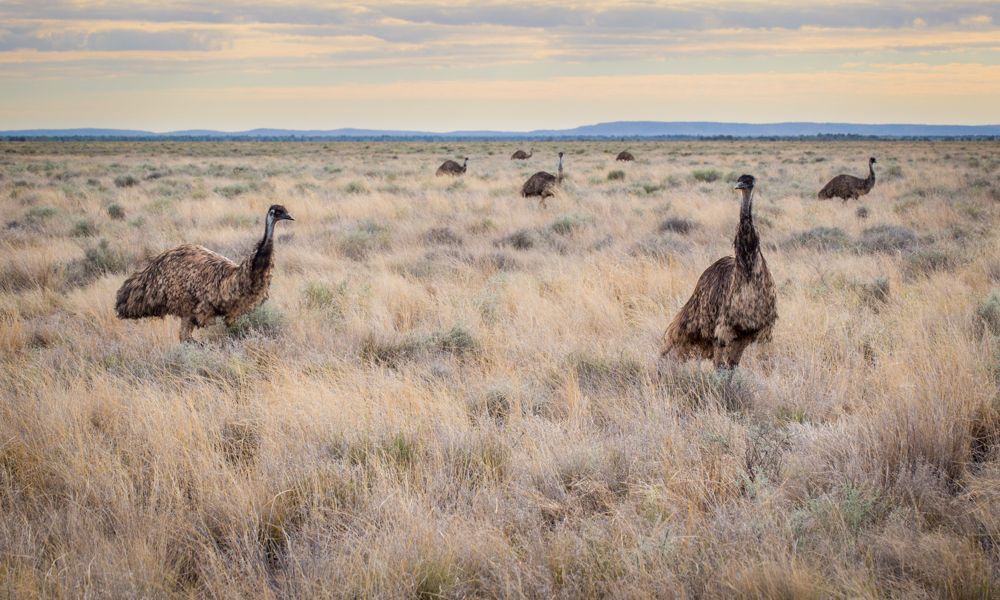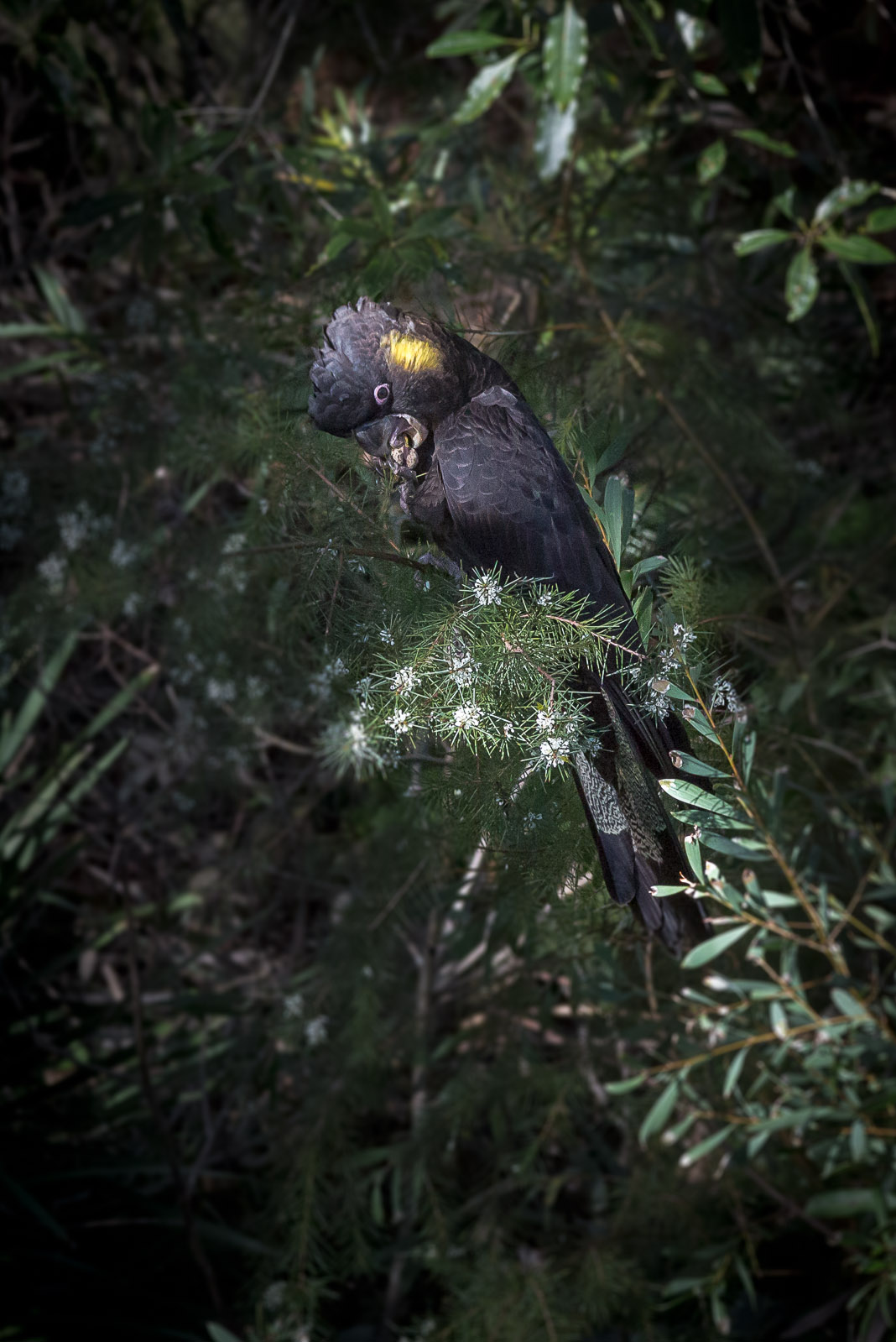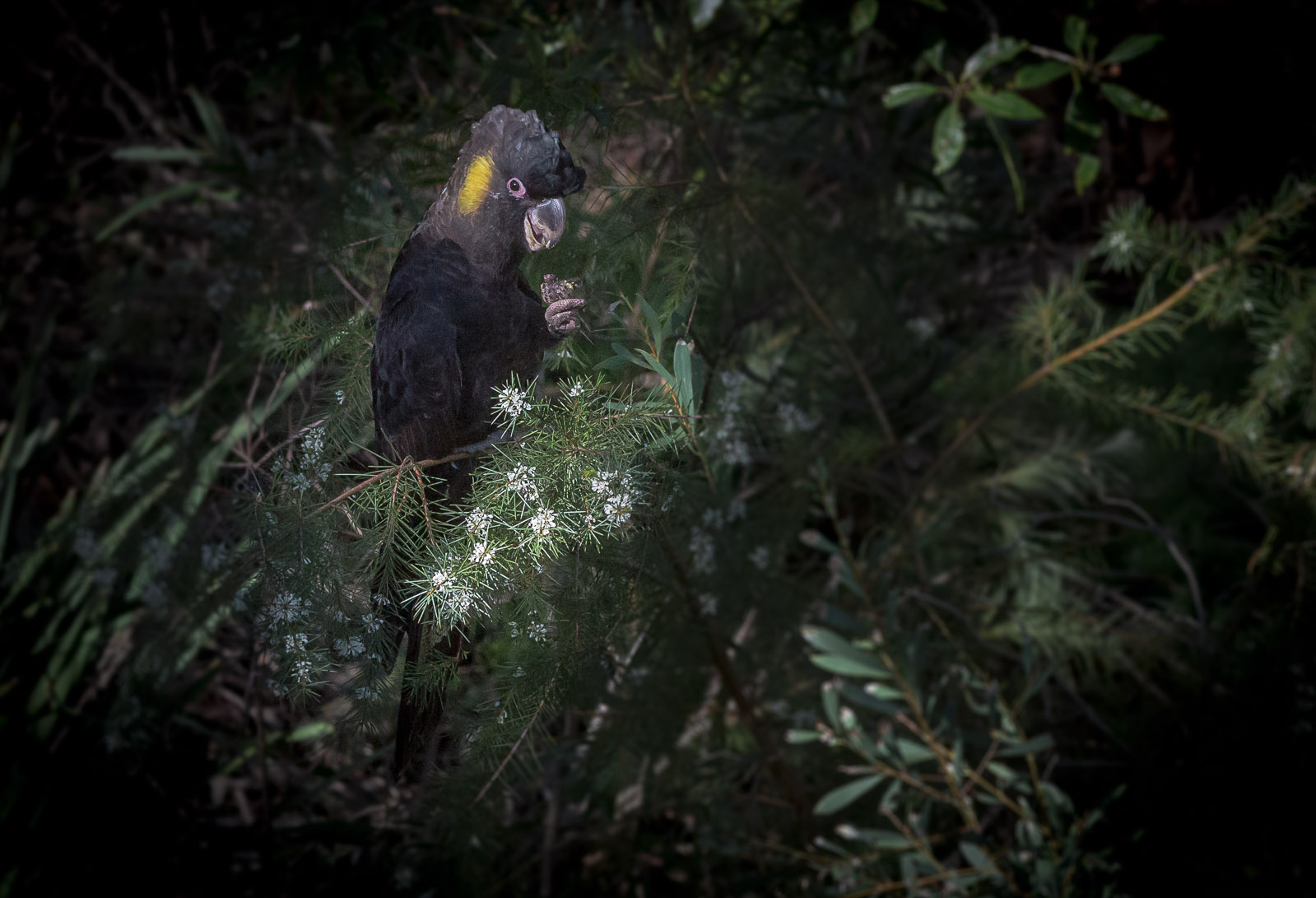Photographs are often a chance occurrence, being somewhere at the right time. Of course, being in the right place can also be deliberate, but conversely time and place may be have some degree of chance.
Birds typify this dilemma. Birds are abundant, I tend to think that it’s a bird’s world. Apart from plants, lots of birds actually seem to thrive no matter what the habitat. They have been around since they emerged from a dinosaur ancestor. In my neighbourhood, the bird species that occur here are abundant. But, I often want to photograph the birds that are rarely seen here. Also, birds usually don’t do what they are supposed to. They are most often aerial and we are on the ground. Many species are flighty and rarely seem to stand still. When they do become stationary, it is often in lousy light or concealed by foliage. It can be frustrating, any occurrence let alone a great occurrence seems unfairly rare.
It seems to me that bird photographers tend to wait and wait, they hang around at the periphery of their habitat waiting for their target to emerge briefly. They spend money on camouflage and equipment like flash to fill in any shadow. The internet abounds with undeniably great photographs of birds but often the habitat is reduced to a single perch. So, for me, there is a disconnection between the picture and reality. Chance is minimised, but it is artificial and it is more trophy than story.
This is a picture of a Yellow-tailed Black Cockatoo. It is chewing on the follicle (dry fruit) of a shrub, Hakea gibbosa, trying to get to the seed, something I had never witnessed before. It is in bushland adjacent to my home. I moved in about ten years ago when it was a very weedy piece of remnant urban bushland. The Hakea I had grown from seed that I had collected in nearby bushland.
This picture was a fortuitous moment of chance. I am ever alert for a strange bird in my garden or the adjacent bushland. And here I was presented with a beautiful iconic bird, eating from a plant laden with flowers and seed. Direct sunlight was penetrating through gaps in the canopy creating pools of light. I don’t use flash and I love the contrast that dappled light provides.
It is simply a picture of a bird in dramatic light, but it also has a story behind it – the plant, what the bird is doing and the meaning it has for me.
Information about Yellow-tailed Black Cockatoos
The Yellow-tailed Black Cockatoo occurs on the East Coast from Queensland to Victoria. It is not considered threatened. However, its habitat is fragmented and its survival in some areas is less assured than others. It seems to be doing well in Sydney. In the winter months it comes in to feed on the seeds and insects of our abundant trees.
They are sexually dimorphic, the one photographed is a male. Males have a pink ring around their eyes, darker beaks and less prominent yellow patches than the females.
Resources
I am a bushcarer. I volunteer to help my local bushland by removing exotic and invasive species. An annual event in September, Buschare’s Major Day Out provides opportunities for people to try out Bushcare with Local Councils and other Land Managers at locations all around Australia.
I have recently joined a bird photography forum, Feathers and Photos which I enjoy. People of differing skills in photography and varying interest in birds contribute their pictures and receive feedback.
More information about the Yellow-tailed Black Cockatoo can be found at Birds in Backyards and Wikipedia’s entry is also excellent.
You can easily view Black Cockatoos in Sydney during the winter months at Centennial Park. Their blog has information about where in the Park you can see it.
The photographs were taken with Canon 5D MarkIII – with a Canon EF 300mm f4 lens. Exposure was 1/640 sec f11 ISO 2500. It was cropped and treated in Adobe Lightroom 5. This included using a radial filter to selectively blur and darken the background. Julieanne Kost from Adobe has a great video tutorial on Lightroom 5’s radial filter.


